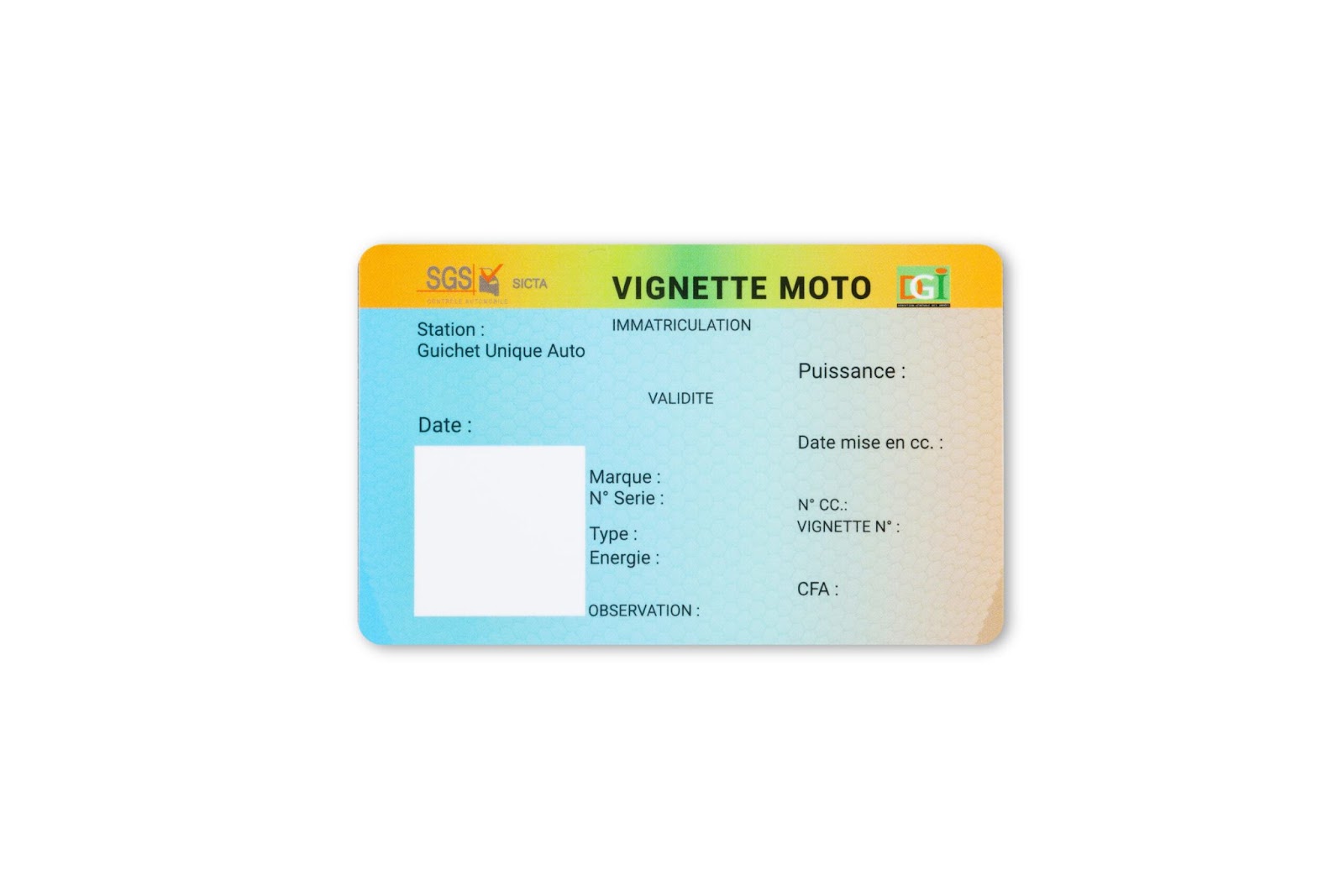Can MIFARE 1K cards be used in access control systems?
Access control systems are essential for managing and securing entrances to facilities and restricted areas. MIFARE 1K cards are known for their reliability and versatility and are popular in many applications. This post explores MIFARE 1K cards’ use in access control systems, including benefits, integration, and potential limitations.
Overview of MIFARE 1K Card Features
The MIFARE 1K card operates at 13.56 MHz and complies with the ISO/IEC 14443A standard. It is equipped with 1 kilobyte of EEPROM memory divided into 16 sectors with 4 blocks per sector. This configuration allows data related to user credentials, access rights, and other relevant information to be stored. The main advantage of the MIFARE 1K card is its contactless operation, which increases the convenience and speed of access points. The user holds the card close to the reader, communicating via radio waves to verify access. This technology speeds up access and reduces wear and tear on physical components compared to traditional swipe or insert systems.
Advantages as an access card
MIFARE 1K cards offer several key advantages to access control systems. Their contactless functionality provides users with a fast and efficient way to gain access, improving the overall user experience. The 1KB memory also allows for secure storage of important data, including user identity and access levels. The encryption capabilities of the MIFARE 1K card add an extra layer of security. Data stored on the card is encrypted to prevent unauthorized access, which is essential to maintaining the integrity of the access control system.
MIFARE 1K cards are known for their durability and reliability, ensuring long-term performance in various environments. Cost-effectiveness is another significant advantage. Compared to other RFID solutions, MIFARE 1K cards are relatively affordable, making them a practical choice for large-scale implementations. Their compatibility with a wide range of readers and systems also simplifies integration, reducing the need for extensive modifications to existing infrastructure.
Several steps to integrate into access control technology
Integration processIntegrating MIFARE 1K cards into access control systems involves several steps to ensure compatibility and functionality. First, verifying that the existing access control infrastructure supports ISO/IEC 14443A, the standard MIFARE 1K cards used is necessary. Modern systems are compatible, but confirmation is needed to avoid integration issues. Once compatibility is confirmed, the next step is configuring the access control system to recognize and process data from MIFARE 1K cards. This typically involves programming the card reader and access control panel to interact with the card effectively. Many systems offer software tools to facilitate this process, making integration easier. It is also important to thoroughly test the system to ensure that the MIFARE 1K card functions properly and that access rights are applied as expected. This testing phase helps to identify and resolve any issues before the system is fully deployed.
Security and Considerations
While MIFARE 1K cards offer basic encryption and security features, addressing potential vulnerabilities is critical to maintaining a secure access control system. The card’s encryption helps protect data from unauthorized access, but the level of security provided may need to be increased for highly sensitive applications.
For enhanced security, consider implementing additional measures such as regular updates to the access control system and robust management of encryption keys. Ensuring that readers and access control panels are protected from tampering is also critical to maintaining the system’s integrity.
Potential Limitations of MIFARE 1K Cards
Despite the many benefits of the MIFARE 1K card, its limitations may affect its suitability for certain access control systems. The 1KB memory capacity may not be sufficient for applications that require large amounts of data or more advanced features.
Another consideration is that while MIFARE 1K cards offer a basic level of security, they may not meet the requirements of the highest security environments. In this case, investing in a more advanced card with enhanced security features may be necessary.
Compatibility with older or proprietary access control systems may also be an issue. Despite the broad compatibility of MIFARE 1K cards, ensuring seamless integration with existing infrastructure is critical to avoiding potential issues.
How to Boost Their Effectiveness as Access Control Cards
To maximize the effectiveness of MIFARE 1K cards in access control systems, follow best practices for implementation and management. Start by thoroughly assessing system requirements and verifying that MIFARE 1K cards are appropriate for the application.
Ensure that readers and access control panels are properly configured and the system is regularly maintained and updated to address potential vulnerabilities. Training personnel on properly using and handling MIFARE 1K cards also contributes to the system’s overall success.
Implementing strong security protocols, including effective encryption key management and regular system audits, helps prevent unauthorized access and ensures the continued integrity of the access control system.
Suitability of MIFARE 1K Cards for Access Control
MIFARE 1K cards are a practical and effective solution for many access control systems. Their contactless technology, ease of integration, and cost-effectiveness make them suitable for various applications. Organizations can make informed decisions about their access control needs by understanding the capabilities and potential challenges of MIFARE 1K cards. Whether used in corporate offices, educational institutions, or other environments, MIFARE 1K cards are reliable for managing access and enhancing security.





